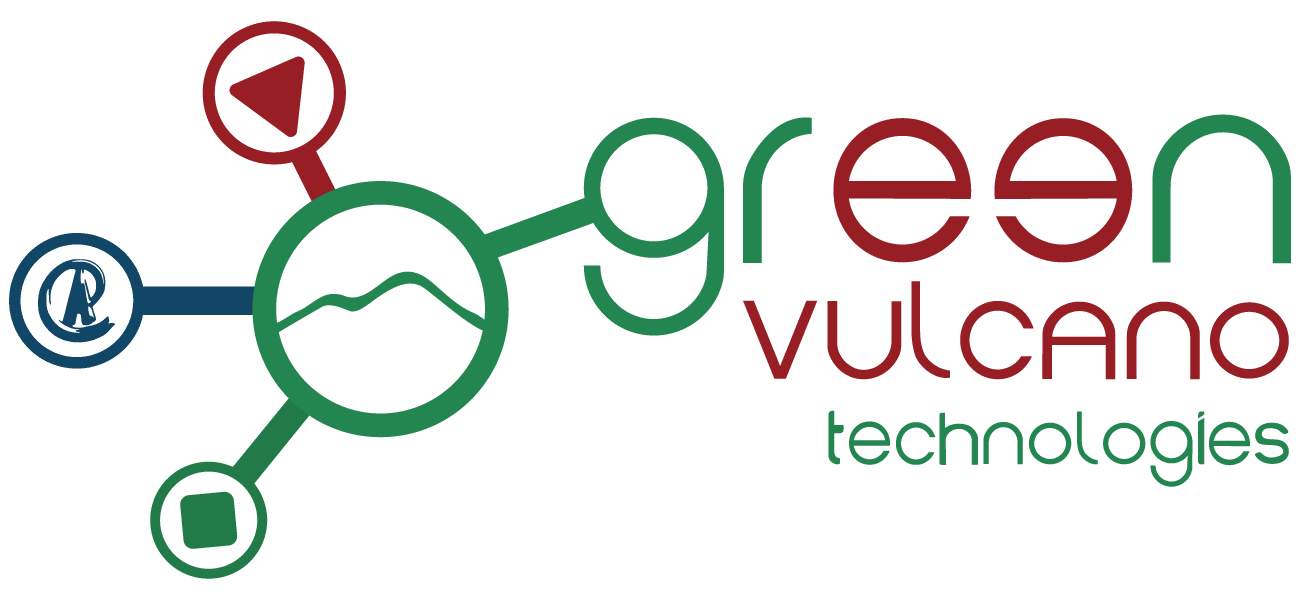It has been over a decade since Internet of Things was first coined by Kevin Ashton. Since then, it has expanded alongside a growing technological hub spanning a diverse set of industries. In many ways it makes our everyday life more efficient, bridging the gap between physical objects with the collection and sharing of data on the internet.
Internet of Things has paved the way forward for objects to interact with each other without the need of management by people. Decisions are realized in real time, supported by data in the same moment helping to detect any changes happening in the surrounding environment.
The potential of this sector within urban cities is increasingly evident and there are many realities ready to invest in this type of innovation. Debates have run high as to the potential back falls this technological age may bring forward. However, one thing known for sure is that it is enabling opportunities in areas we would have never imagined.
Its impact has crossover into developing countries, where it has the capacity of changing existing processes and expand efficiency in sectors in need of new solutions to a variety of challenges. By providing a cost-efficient model for enhancing the development in different processing mechanisms through the improvement of various projects in the research, monitoring, and evaluation stages, the higher the chances are for these countries to transform themselves into more sustainable environments.
Developing countries have always faced challenges that come with the distribution of water and the improvement of sanitary conditions. IOT technologies have created a path in which different countries are addressing this problem in innovative ways. Startup company CityTaps began an experiment in Niamey, Niger partnering with the local water utility struggling to afford to maintain, operate, and handle reading the barometers that can drive the costs high and impede restorations.
Their solution was partnering with utilities and setting up a network of IoT systems supported by a Low Power Wide Area Network that allows the generator to create payments and detect malfunctions in real time. By leveraging data from the sensors, more accurate performances can result. The process works by having the consumer pre-pay for water services at home through a mobile device. The consumer has the facility to pay for any amount at any time and the provider is guaranteed payment for delivery.
In India, Smarter Homes is a startup tackling water consumption with at home monitoring systems. As a response to a 2014 water crisis in Bengaluru following population growth, IBM’s IOT division collaborated with the Bengaluru Water Supply and Sewerage Board in forming a command center where they were able to track the water flow and pressure and with the IBM Intelligent Water Software alert officials about any discrepancies in the system.
Healthcare in developing countries is another sector innovating from the Internet of Things. Nexleaf Technology is advancing health conditions by making conditions better for vaccinations using a wireless remote temperature monitoring system called Cold trace. The system works by sending storage temperature and power status to personal through SMS whenever there are changes in the environment. IOT’s role is having sensors in these containers monitor temperature, humidity and light.
It also is a means for developing emergency response tactics when disasters strike these regions; where poor infrastructures and high population densities play a significant role in how the effects unfold.
Known for its susceptibility to earthquakes, Mexico uses an early warning system called SkyAlert that detects seismic activity 120 seconds before impact in accordance to the distance of the epicenter. Thus providing greater opportunity for people to take shelter before the earthquake hits.
Brazil launched a first of its kind state-of-the-art intelligence center in 2010, as a response to the fatal landslides that took place in the spring. Motion sensors generate data feeds on traffic, weather, police and medical services in real-time. Once the data is generated, anticipated problems are detect and defenses are set into place. If potential emergencies emerge, citizens are alerted via sms and other media platforms. Those prone to at-risk areas receive a siren call for evacuation instruction.
With a new technological advancement happening in the developed world, and the impact that IOT has had in industries like agriculture and transportation, there are numerous applications where it can be of use in the developing worlds. Who knows? Maybe the Internet of Things is a possible solution to the processes needed for these countries to overcome these challenges.
For more information, please visit the link below to visit the World Economic Forum’s Guidebook to building a more sustainable society using the Internet of Things.
http://www3.weforum.org/docs/IoTGuidelinesforSustainability.pdf

